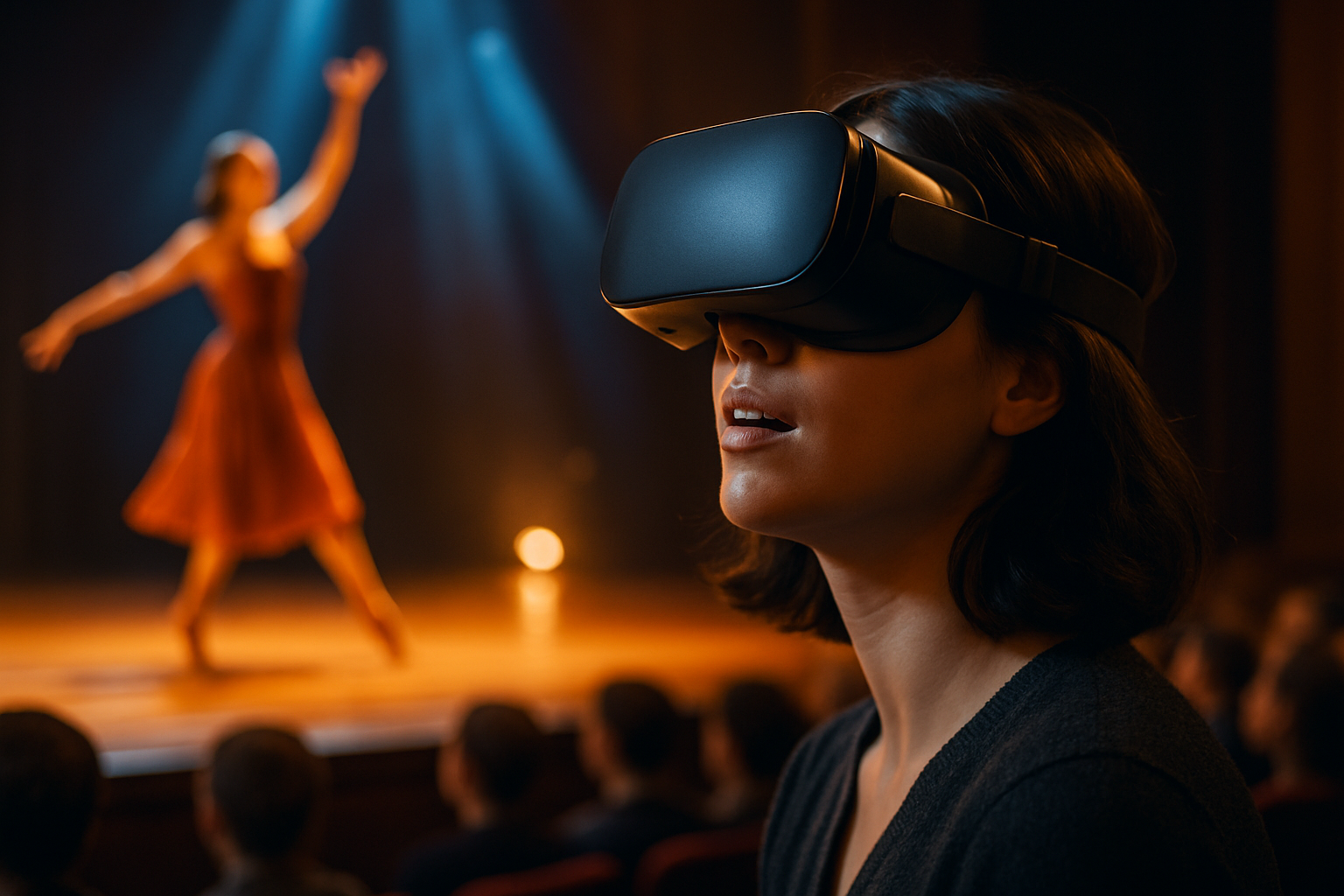AI's Role in Shaping Future Artistic Expressions
Artificial intelligence is increasingly influencing various facets of human endeavor, and the realm of arts and entertainment is no exception. From generating novel visual compositions to composing intricate musical pieces, AI is emerging as a transformative force. This technological integration is not merely automating tasks but is actively reshaping creative processes, challenging traditional artistic boundaries, and opening new avenues for expression and engagement across global cultures. Understanding its impact is key to comprehending the future landscape of creative industries.

How AI Transforms Artistic Creation and Design
Artificial intelligence is fundamentally altering the landscape of artistic creation and design. Artists are leveraging AI tools to explore new forms of expression, generating innovative concepts that might be difficult or time-consuming to achieve through traditional methods. This technology assists in various stages, from initial ideation and concept development to the final rendering of digital art. AI algorithms can analyze vast datasets of existing art, identify patterns, and then create original pieces, offering artists a powerful new collaborator. The innovation extends to graphic design, architecture, and even fashion, where AI helps in generating patterns, optimizing designs, and predicting trends, pushing the boundaries of what is creatively possible.
AI’s Impact on Entertainment and Audience Experience
The entertainment industry is experiencing a significant shift due to AI, particularly in how content is produced, distributed, and consumed. AI is being used in film to assist with scriptwriting, character animation, and even special effects, streamlining production workflows. In performance art and music, AI can compose scores, generate lyrics, and create dynamic visual backdrops for live shows, offering unique and immersive experiences. Exhibitions are also evolving, with AI-powered interactive installations that respond to audience movements or emotions, providing a personalized and engaging experience. This integration of technology creates new forms of media and storytelling, allowing audiences to interact with art in unprecedented ways.
Exploring Global Cultural Trends and Community Engagement
AI’s influence extends to shaping global cultural trends and fostering new forms of community engagement within the arts. By analyzing cultural data and preferences, AI can identify emerging trends, allowing artists and organizations to create content that resonates with diverse audiences worldwide. This technology facilitates cross-cultural collaborations, breaking down geographical barriers and enabling artists from different backgrounds to create together. Furthermore, AI-powered platforms can help connect artists with their communities, offering personalized recommendations for art events, workshops, or even virtual exhibitions. This fosters a more inclusive and interconnected artistic landscape, promoting shared experiences and understanding across various cultural contexts.
The Evolving Role of the Artist with AI Technology
The advent of AI does not diminish the role of the artist but rather redefines it. Artists are increasingly becoming curators, directors, and collaborators with AI, guiding the technology to realize their creative visions. Instead of being solely responsible for every brushstroke or note, artists now engage with AI as a sophisticated tool that can augment their capabilities, handle repetitive tasks, and suggest novel directions. This shift allows artists to focus more on conceptual development, critical thinking, and the unique human elements of their work. The interaction with AI also inspires new artistic disciplines and methodologies, encouraging a blend of technical expertise and traditional artistic sensibility, thereby expanding the very definition of what it means to be an artist in the digital age.
AI is not merely a tool but a catalyst for profound transformation within the arts and entertainment sectors. Its capacity to augment creativity, personalize experiences, and connect global communities underscores its significance. As this technology continues to evolve, the collaborative relationship between human artists and artificial intelligence is poised to unlock entirely new dimensions of artistic expression, shaping a future where creativity is both technologically enhanced and deeply human.





